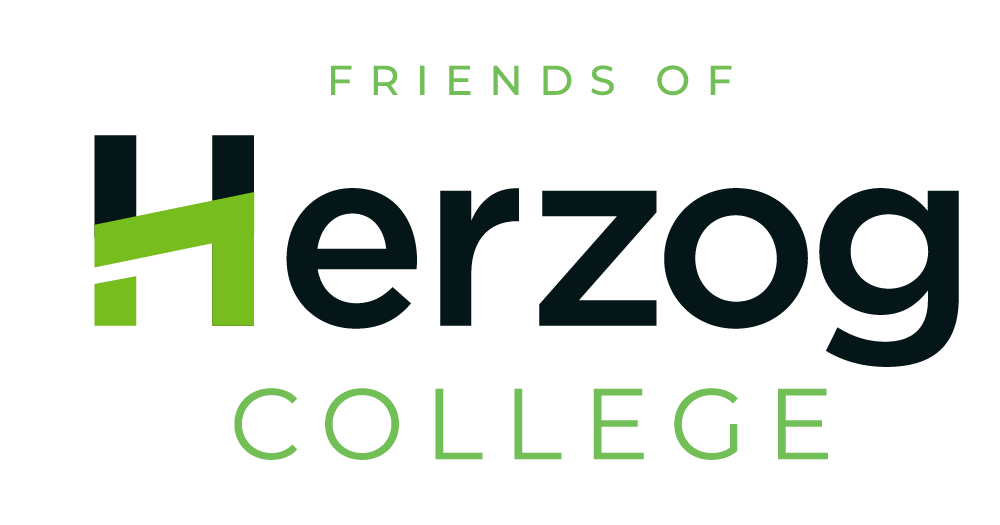Campaign to Memorialize Argentinian Lone Soldier Ariel Cohen z”l
Ilan Cohen made Aliyah from Argentina alone and served as a Paratrooper. He was killed in Gaza during the Iron Swords War. His family and friends have joined with Herzog College to complete our Spanish Tanakh website in his memory. His friends say: “Ilan’s love of Tanakh was one of the passions that drove him to enlist, so we should share the stories of Israel’s Biblical wars in Spanish”.
The family of lone soldier Sgt. Ilan Cohen z”l, who fell in the Gaza Strip during the war, are calling on Jews everywhere to help perpetuate his memory in a unique way: translating the Tanakh and making its explanations accessible in Spanish.
Ilan moved to Israel from Argentina and enlisted in the IDF, serving as a fighter in the 202th Paratroopers Brigade. He fell on May 15, 2024, on the day after Yom Ha’atzmaut, in a battle in the Northern Gaza Strip. Ilan’s parents explain that he loved to read books relating to world geography in general, and particularly to the land of Israel, which he loved dearly.
The Herzog College Tanakh website translates, illustrates and explains the Bible in Hebrew and English, and now it is being fully translated into Spanish, in a project to memorialize Ilan with an international crowdfunding campaign. His friends and family are excited that this website, widely used in Jewish schools throughout Latin America and by thousands of Spanish-speakers in Israel and around the world, will be dedicated to Ilan’s memory.
Inspired to Make Aliyah
”It was clear to Ilan that he would make Aliyah”, says his friend Uri Stofenmacher. He came to learn Torah in a Chabad Yeshiva in Migdal Ha’emek, and the Rabbis there suggested that he speak with me because we came from a similar background and shared similar goals: to learn in Yeshiva and then go to university.” Over the years, they developed a strong connection.
“Every day in Yeshiva, we would speak for hours, and we continued these deep conversations afterward by telephone”, he explains. “For Ilan it was always important to stay in touch with people. He was always writing to me “How are you? How do you feel? What are you doing these days?” If it was up to me, I would have stopped messaging him over time, but Ilan really invested in his friendships. We met almost every month in Jerusalem and spent Shabbatot together. We had many mutual friends from the Yeshiva and elsewhere. He read many books about Israel, and he met up with old friends from Argentina who were learning in Yeshivat HaKotel. These meetings had a significant effect on him.”
Walking and Working the Land
Stofenmacher explains that Ilan really loved touring around Israel, feeling it’s history through the soles of his feet. “Twice every month he would travel to some random site in Judea and Samaria, and he really travelled throughout the country. He knew Israel incredibly well for someone who only lived here for a year and a half. I made Aliyah four years ago, and I don’t know half the places that he knew!”
At the end of his first year in Yeshiva, Ilan returned to Argentina for the wedding of his brother, and stayed there for a month and a half. On his return to Israel, he made two important decisions: to prepare to study economics and geography at university, and to switch to the Yeshiva in Har Bracha.
“He learned in Har Bracha for three or four months”, says Stofenmacher. “During this time, he really intensified his learning of Tanakh and philosophy, completing half of “Moreh Nevuchim”. He considered whether to wait and enlist with his Yeshiva cohort, but decided to volunteer and enlist on his own as a lone soldier. He spent a short time learning in a pre-military academy in preparation for entering the IDF, and spent the last 10 days before joining the army working the land on a sheep farm in Nachliel.”
Explaining the Tanakh in Spanish
“I had this idea 15 years earlier”, explains Rabbi Shmuel Kornblit, himself an immigrant from Argentina and director of the Spanish-language education programs at Herzog College. “I realized that there was no Spanish translation of the Tanakh on the internet. This meant that any Spanish-speaker who wanted to understand the Bible was turning to Christian websites.”
Rabbi Kornblit decided to accept the challenge. “I approached various publishers and asked for permission to upload their Spanish translations of the Tanakh to the internet. There was no digital version, so I spent almost three years scanning each page of the translation individually and uploading it, without any assistance.”
In 2016, Kornblit approached Herzog College and suggested a partnership. “I came to the conclusion that it was not enough to create a digital version of the Bible text in Spanish, but we also needed its commentaries, articles and explanatory materials. At that time, Herzog College was building their amazing “Google of the Tanakh” resource in Hebrew, including integrated Google maps of Israel, and I wanted to create this in Spanish too.”
The first version of the Spanish Tanakh website went live in 2020. “This was the first version with only some of the chapters”, explains Korblit. “We added material from the Spanish “Chidon HaTanakh” competition, plus 5-minute videos and short podcasts that added educational and Zionistic messages about the Tanakh text.
Kornblit adds with emotion in his voice: “One of the things that I am most proud of is the amazing interest in the website that we have witnessed in Latin America. Today there is almost no Jewish school – religious, secular, conservative or reform – where we have not trained teachers to use the website. At the end of the day, no Jewish school feels comfortable sending it students to read the Bible in Spanish on a Christian website.”
Rabbi Kornblit attended Ilan Cohen’s funeral and went to visit his family during the shiva. That’s where he realized how suitable it would be to memorialize Ilan with this project. “His mother told me that he loved geography lessons and would always read the textbook for each year in just two or three weeks! His friends from Har Bracha told me that reading the Tanakh was one of the reasons that inspired Ilan to enlist in the IDF. Of course, the Bible is full of stories of Israel’s battles and how the land was captured. I understood that these ideas were all connected, and I suggested to the Cohen family that completing the Tanakh project would be an appropriate way to keep Ilan’s memory alive.”
Click here to support the project.

